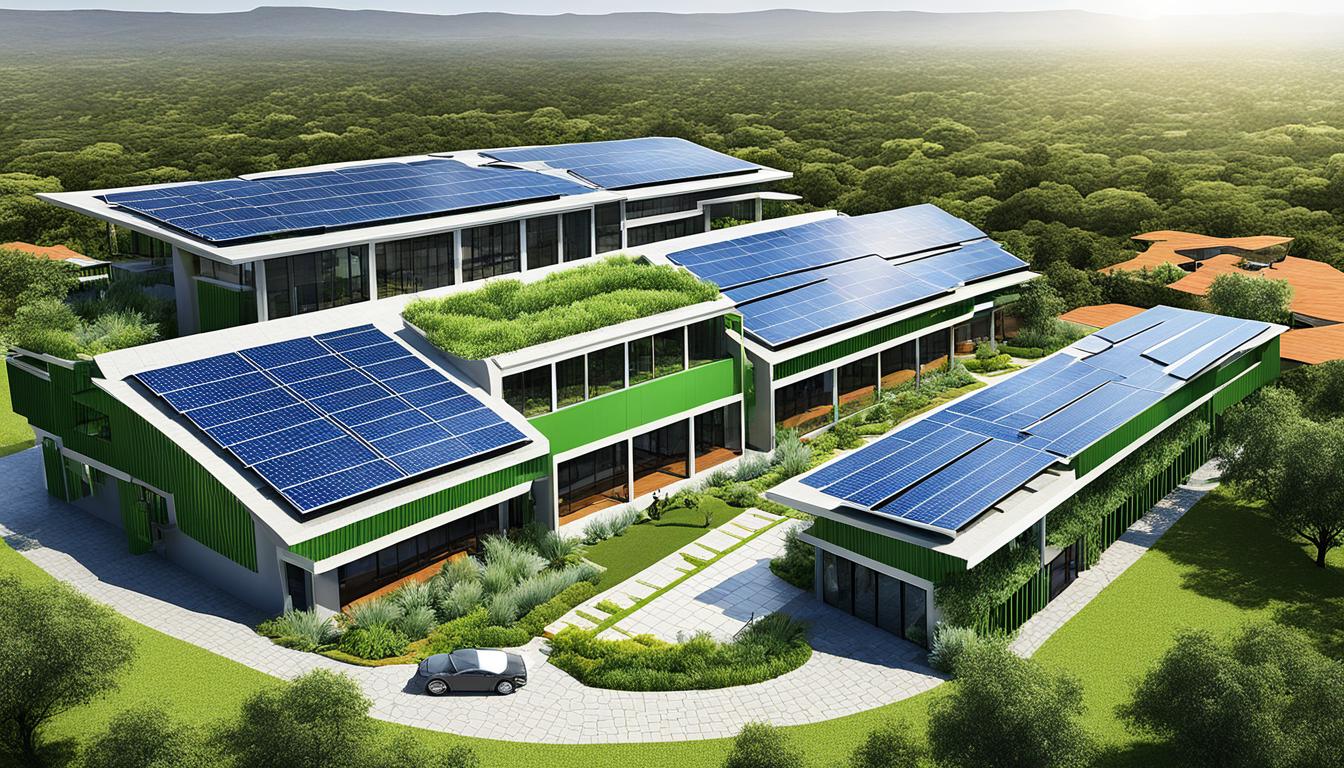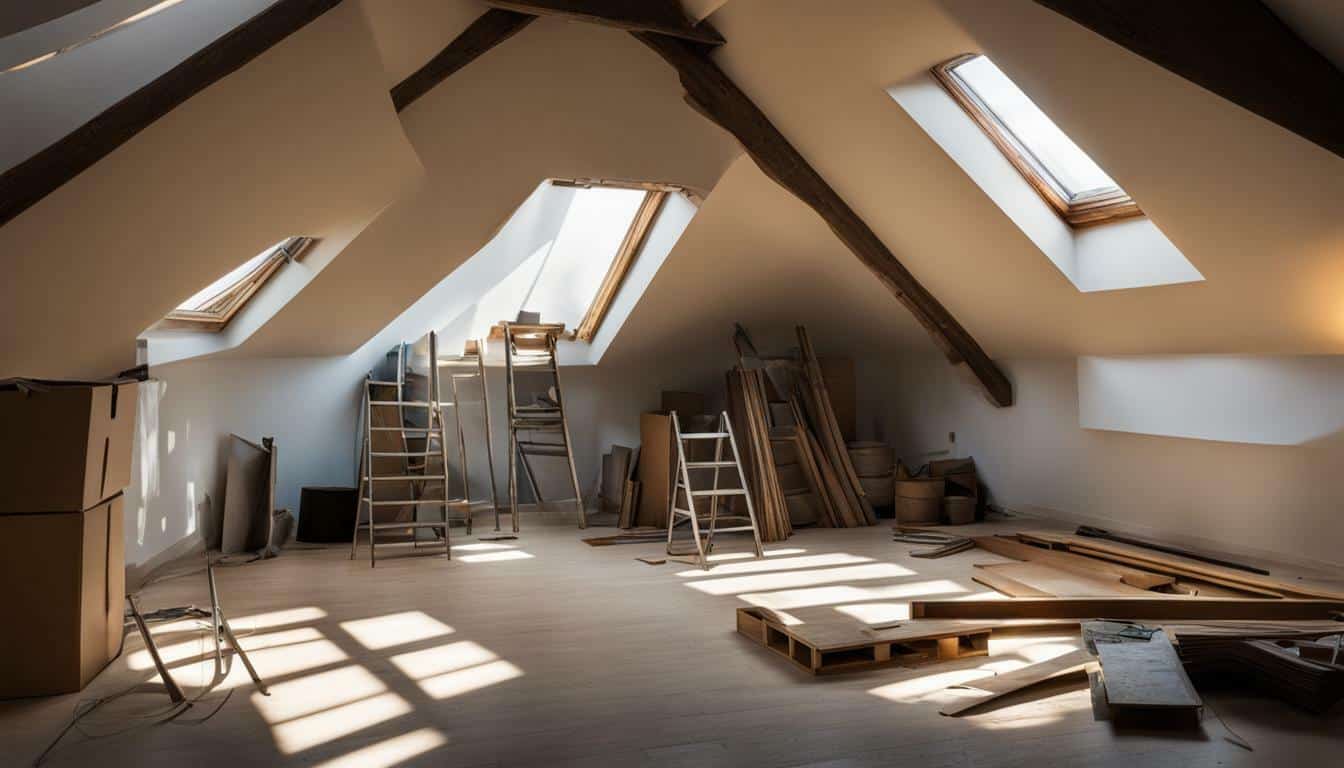In today’s world, the focus on building sustainably has become more important than ever. Whether you’re a homeowner looking to reduce your carbon footprint or a real estate developer aiming to incorporate eco-friendly practices into your projects, these sustainable building DIY tips offer practical solutions. By implementing these tips, you can make your construction projects not only environmentally friendly but also more cost-effective over the long haul.
Embarking on the journey of sustainable building doesn’t have to be daunting. With the right knowledge and resources, anyone can enhance their living space or development project with sustainability in mind. Let’s explore various strategies, materials, and methodologies that can help in achieving these goals.

Understanding the Basics of Sustainable Building
What is Sustainable Building?
At its core, sustainable building involves creating structures that have minimal harmful effects on the environment. This means using materials that are eco-friendly, ensuring energy efficiency, and optimizing water use, among other things. The goal is to create a living or working space that promotes health, conserves resources, and reduces waste.
Benefits of Sustainable Construction
The advantages of building sustainably are manifold. From enhancing the quality of life to significant cost savings, the benefits are compelling. Sustainable construction often leads to lower energy bills, increased property value, and a healthier living environment. For further details on the benefits of green building, you can read this article.
Essential Materials for Sustainable Building
Choosing the Right Materials
When selecting materials for a sustainable build, consider their environmental impact. Choose resources that are renewable, recyclable, or that have been sustainably sourced. Examples include bamboo, recycled metal, and reclaimed wood. Ensure that these materials are not only sustainable but also durable and suited to your specific project needs.
Innovative Sustainable Materials
Innovation in building materials is continually evolving. Products such as hempcrete, recycled steel, and solar tiles are becoming increasingly popular. These materials not only offer sustainable benefits but often provide better insulation and strength compared to traditional options.
Implementing Sustainable DIY Techniques
Energy Efficiency Strategies
Improving energy efficiency is a cornerstone of sustainable building. Simple steps like installing LED lighting, using smart thermostats, and adding adequate insulation can make a significant impact. For larger projects, consider integrating solar panels or geothermal heating systems.
Water Conservation Methods
Water efficiency is crucial in sustainable building. Techniques such as rainwater harvesting, low-flow fixtures, and installing dual-flush toilets help reduce water usage. Creating landscapes that use native plants can also conserve water and reduce the need for irrigation.
Planning Your Sustainable DIY Project
Setting Project Goals
Define clear, realistic objectives when planning your sustainable building project. Whether the focus is on energy efficiency, material sourcing, or waste reduction, having clear goals will guide your decision-making process. Engage with professionals or resources like green construction strategies to enhance your understanding and execution.
Ensuring Compliance with Standards
Make sure your project aligns with local sustainability standards and building codes. Adhering to these regulations is not only beneficial for the environment but often required for any new developments. Certified professionals can provide guidance and ensure compliance with regulations such as LEED and BREEAM.
Maintaining Sustainable Builds
Long-Term Maintenance Tips
Post-construction, its important to maintain the sustainability of a building. Regularly check for insulation effectiveness, the condition of solar panels, and the efficiency of appliances. Regular maintenance ensures that the sustainable benefits are reaped sustainably over time.
Upgrading Over Time
Consider periodic upgrades to enhance the sustainability of your building. Technology in the building sector is always advancing, offering new and improved solutions for existing structures. Thus, it’s practical to keep up with emerging trends and innovations in sustainable materials and techniques.
Challenges and Solutions in DIY Sustainable Building
Overcoming Financial Barriers
One of the significant challenges is the perceived cost of sustainable building. However, many options can be cost-effective. Look for government incentives and rebates that can offset initial costs. Additionally, investing in sustainable construction leads to long-term savings on utility bills and maintenance.
Lack of Expertise
For many DIY enthusiasts, lack of technical expertise can be a hurdle. Fortunately, numerous resources are available online, including design tips and strategies. Additionally, partnering with professionals for specific tasks can bridge knowledge gaps effectively.
Real-World Examples of Sustainable DIY Projects
Case Study: An Eco-Friendly Home
Consider the example of an eco-friendly home renovation where solar panels, rainwater tanks, and sustainable materials were utilized. The home not only experienced a reduction in utility bills but also saw an increase in market value.
Innovative Urban Projects
In urban settings, green roofs and vertical gardens are becoming increasingly popular as sustainable projects. These initiatives help reduce urban heat and promote biodiversity. For comprehensive insights into urban green building, visit this informative resource.
Adapting Your Lifestyle for Sustainability
Implementing Lifestyle Changes
Sustainable building goes beyond construction. It involves embracing a lifestyle that supports energy, water conservation, and the use of eco-friendly products. Simple changes like reducing waste, recycling, and consuming less energy help contribute to a sustainable lifestyle.
Community Involvement
Encouraging community involvement in sustainable practices can amplify the impact. Community gardens, local sustainability fairs, and workshops are great ways to foster engagement and education on sustainable living practices.
Conclusion
Sustainable building DIY tips provide actionable steps that anyone can take to make their space more eco-friendly. By implementing these strategies, homeowners and developers can make significant strides in improving their environmental impact while enjoying cost savings and improved living conditions.

FAQ
What materials are best for sustainable building?
Materials like bamboo, recycled steel, and reclaimed wood are highly recommended due to their environmental benefits and durability.
How can I improve energy efficiency in my home?
Simple actions such as installing LED lights, using a smart thermostat, and adding insulation are effective ways to improve energy efficiency.
What is a cost-effective strategy for sustainable building?
Utilizing government incentives and focusing on long-term savings through reduced utility bills are key strategies for affordable sustainable building projects.
This article contains affiliate links. We may earn a commission at no extra cost to you.




